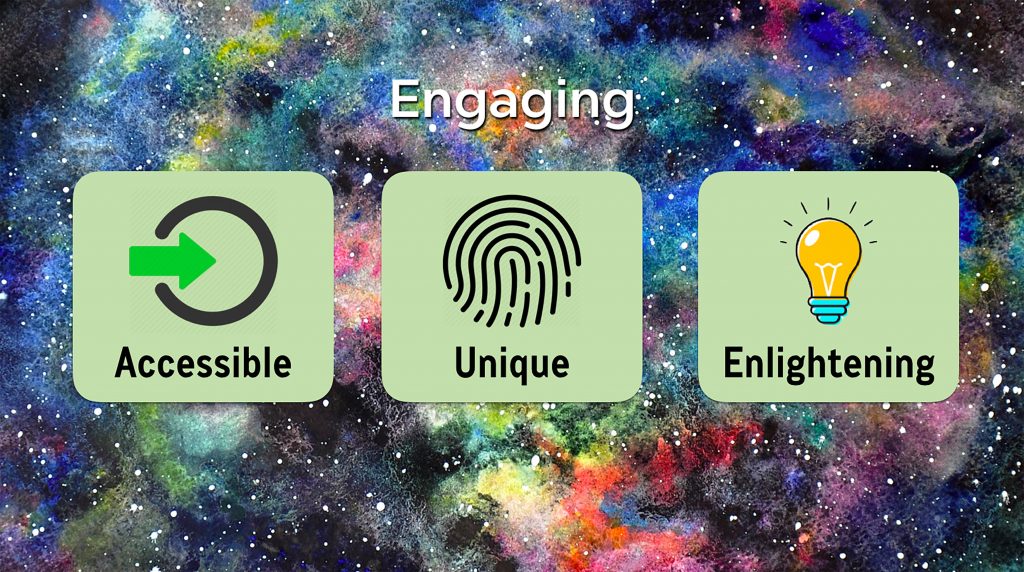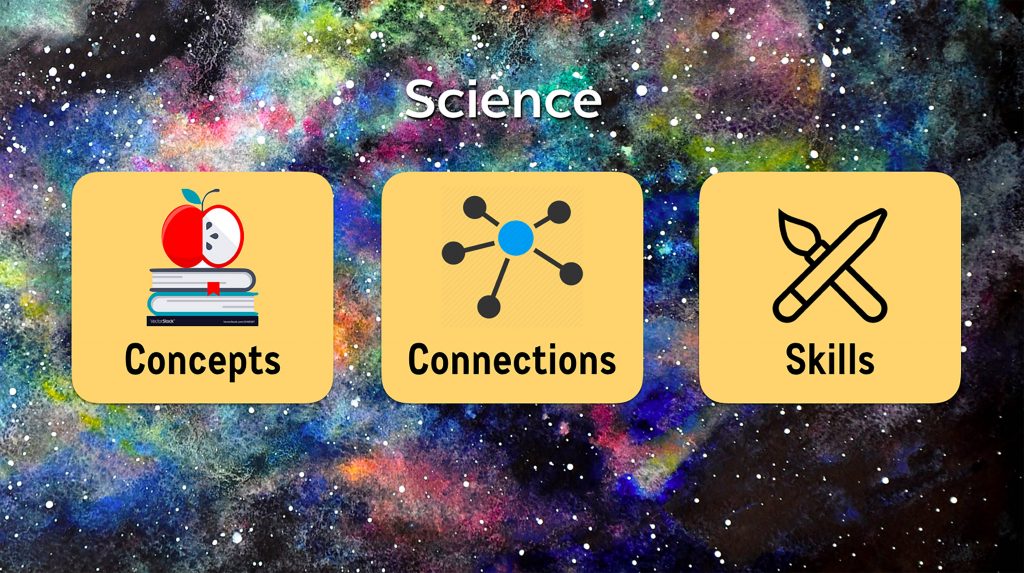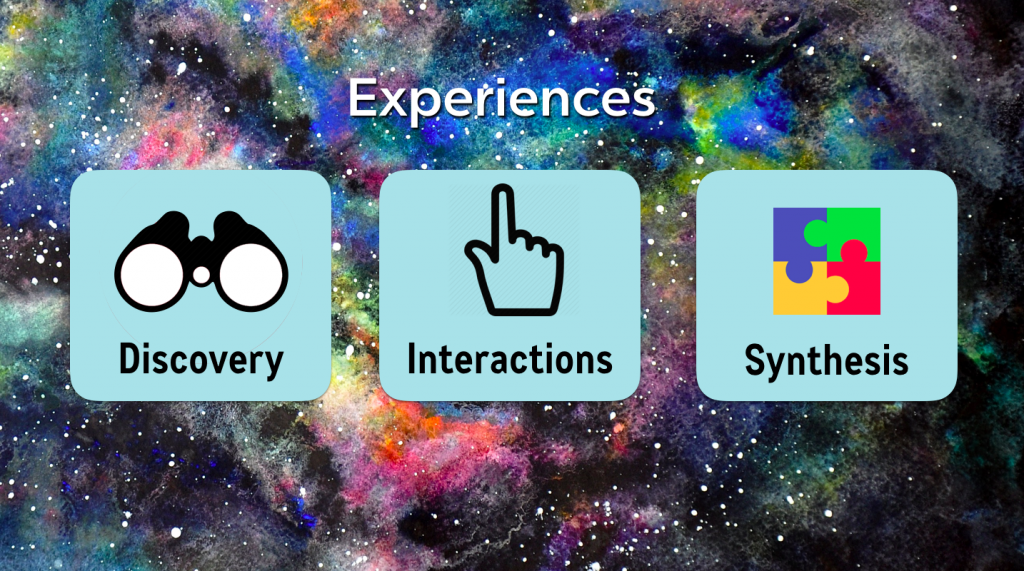
Innate & Learned Behavioral Responses to the environment

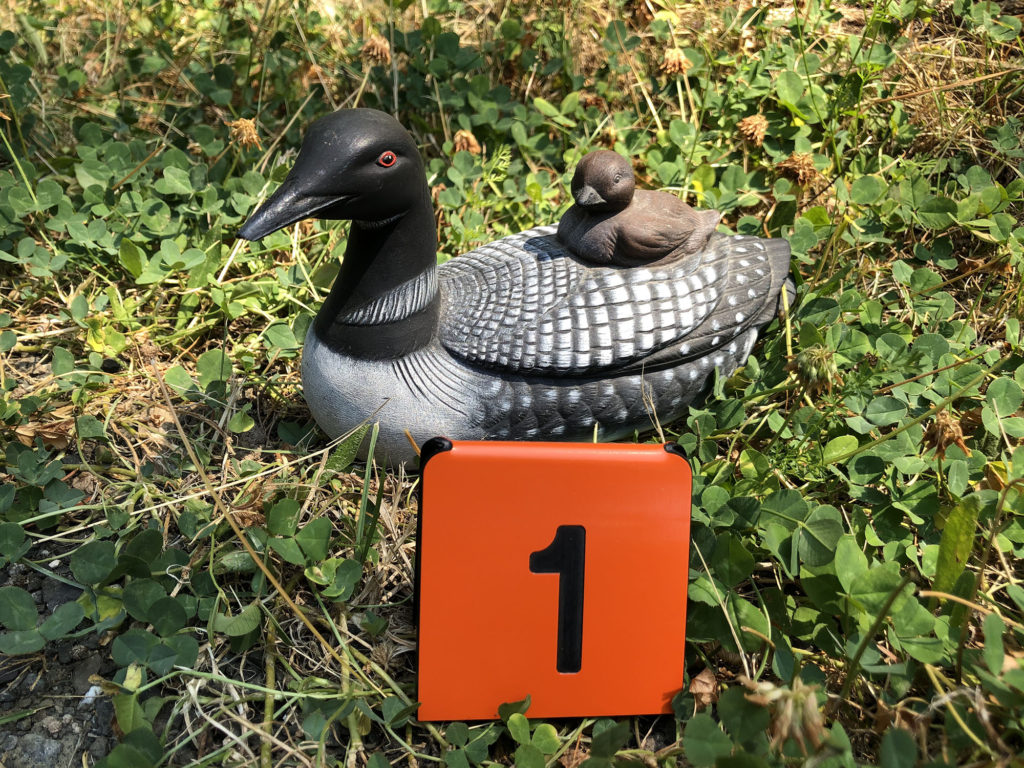
Innate & Learned Objectives
-
Explain what an innate behavior is and provide specific examples of genetically determined behaviors.
-
Explain what a learned behavior is and provide specific examples of behaviors altered by experiences.
-
Provide examples of storytelling in science, and select a form of story that you are most likely to learn from over time.

A behavior is what an animal does in response to its external environment or internal body cues. These behaviors can be genetically programmed innate behaviors, or learned behaviors acquired through experiences.
This video introduces what a “behavior” actually is and provides examples of innate behaviors.
These mystery snails have an innate response to move towards food, in this case the green algae pellets. The smaller snails are also traveling on the shells of the larger shells, it is not clear whether this behavior is innate or learned.
Wild cats scratch for a number of reasons: stretching and flexing bodies and feet, removing dead layers off of their claws, and marking their territories with scent glands located in their paws. Domesticated cats retain these innate behaviors.
Chameleons balancing with their tails and subtly changing colors as they move through their environment are examples of innate behaviors.
Learned Behaviors

For centuries, learning was considered to be primarily a set of human behaviors that were poorly developed in other animal species. Now research is revealing a range of learned behaviors in invertebrate and vertebrate species.
If you have a dog, you may know this learned behavior: “begging” for food at the table. Wild animals often depend on learned behaviors for survival.
This video introduces examples of different types of learned behaviors.
It can be difficult to determine whether a behavior is innate or learned. Our single triops comes to the front of its tank right before we add the food. We don’t know whether it is reflexively responding to a signal we are sending, or whether it has learned its time to eat. Possibly its both.
If you are caring for animals, it may be important to train them to quickly eat provided foods, particularly if you have to administer supplements or medications. Our peacock day geckos are not domesticated, but need to learn to be handled for routine care and medical check-ups.

We’re using associative learning: this gecko is quickly learning to associate an approaching hand with food.
The key with associative learning is repetition; the connection between stimulus and response needs to be clear and consistent.
Latent learning may explain changes in bird activity at feeders and bird baths. Birds generally utilize varied food resources over an area and learn the location of feeders and fresh water. On cold days when bushes are covered in snow and water is frozen, birds temporarily relocate to their learned locations.
Science Stories
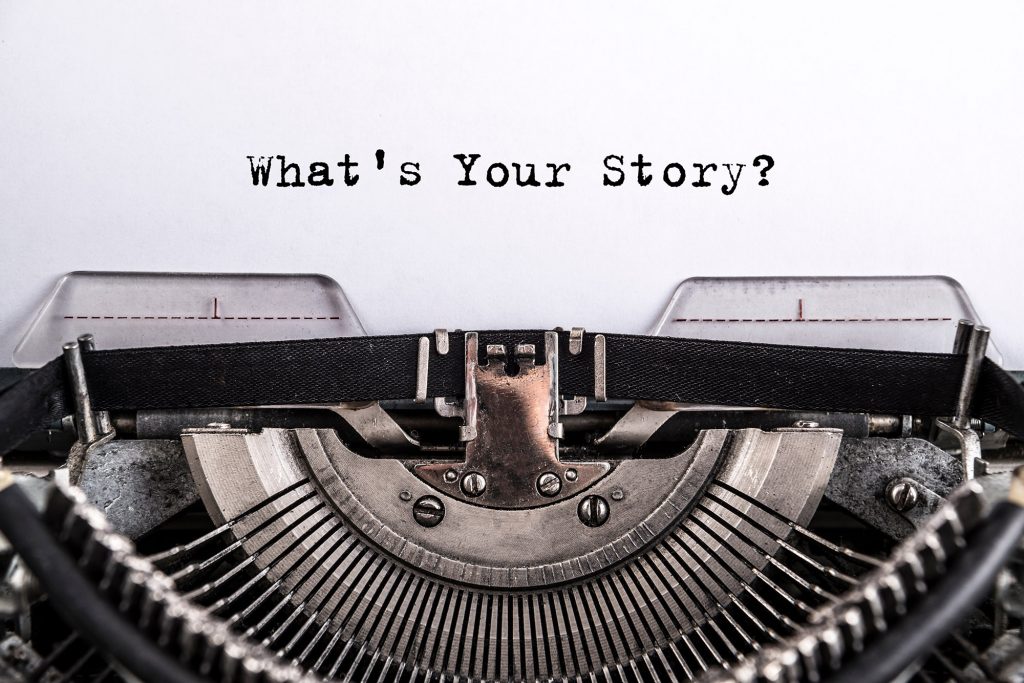
Science stories are used to communicate information in a form that can be understood by people with varied science backgrounds. This form of communication is critical in citizen science and science education. Information needs to be accurate, engaging, and tied to real-world experiences.
You will be creating your own science story for this guide’s media piece.
This video introduces some of the factors to consider while developing a story.
Develop stories that are an engaging science experience.
Select a story form that matches your goals
If you live with or near animals, you have plenty of story possibilities. Our single Triops is an example.
It is six weeks old, one inch end-to-end, and has learned to hover upside down until it is fed. Even though its life span averages eight weeks, it has a broader range of behaviors than we anticipated.
If you look closely, you can see egg sacs. Even though we only have one Triops, this species is hermaphroditic and the eggs can be self-fertilized successfully. The overall red color is hemoglobin protein, the same protein that carries oxygen in our red blood cells.
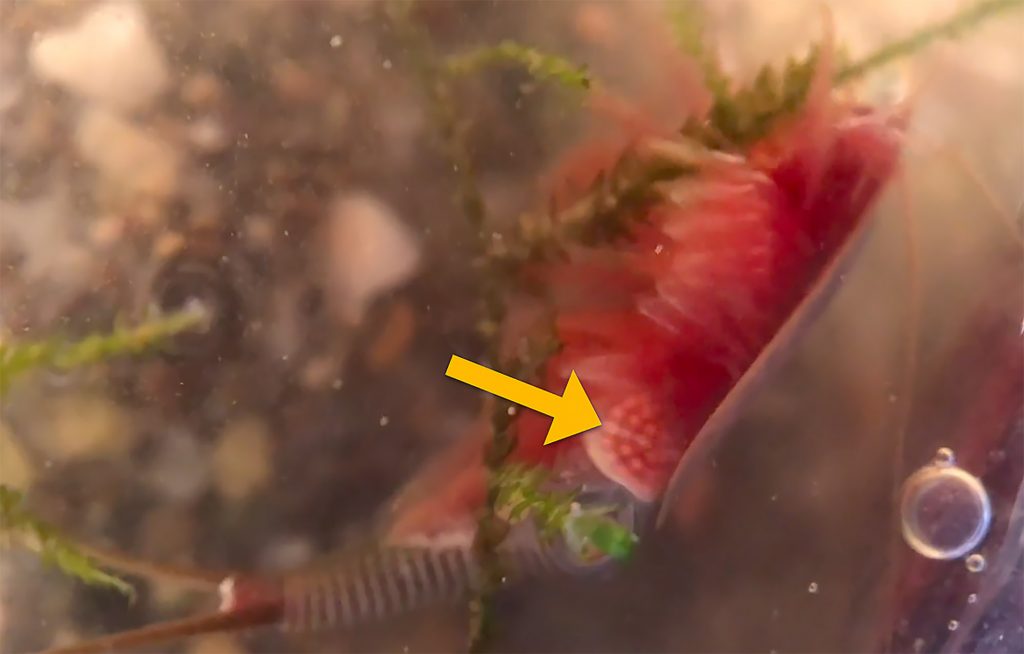
Start this Guide’s first journal assignment here
Journal Page #13: Science Story
You are creating a science story for this journal page.
-
Select a topic related to this course’s topics. It could be about animals, genetics, evolution and/or behaviors. You can draw on past experiences like a trip to the zoo or a current experience like adopting a pet.
-
Determine how you will make your story an engaging (accessible, unique, and/or enlightening) experience (discovery, interaction, and/or synthesis) for the story’s audience.
-
Select a story form that best fits the engaging science experience you are creating. It could be an exploration, description, explanation, directions, narrative, or persuasive piece. It could also be a combination of these forms.
-
Create your story. It could be all written, a labeled photo essay, a comic strip, mixed media, or whichever form you feel works best for your goals.
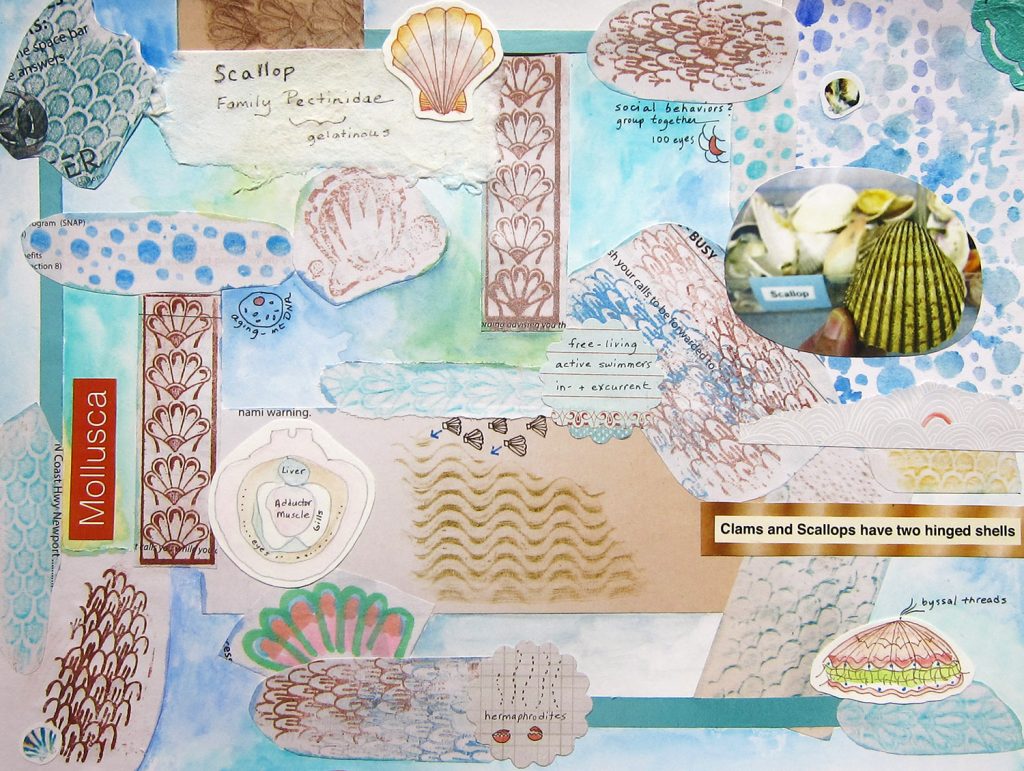
You are turning in an original science story that is:
- about animals, genetics, evolution, and/or behavior.
- an engaging (accessible, unique, and/or enlightening) experience (discovery, interaction, and/or synthesis) for the viewer.
The next section introduces reproduction, including mating behaviors and sexual selection.
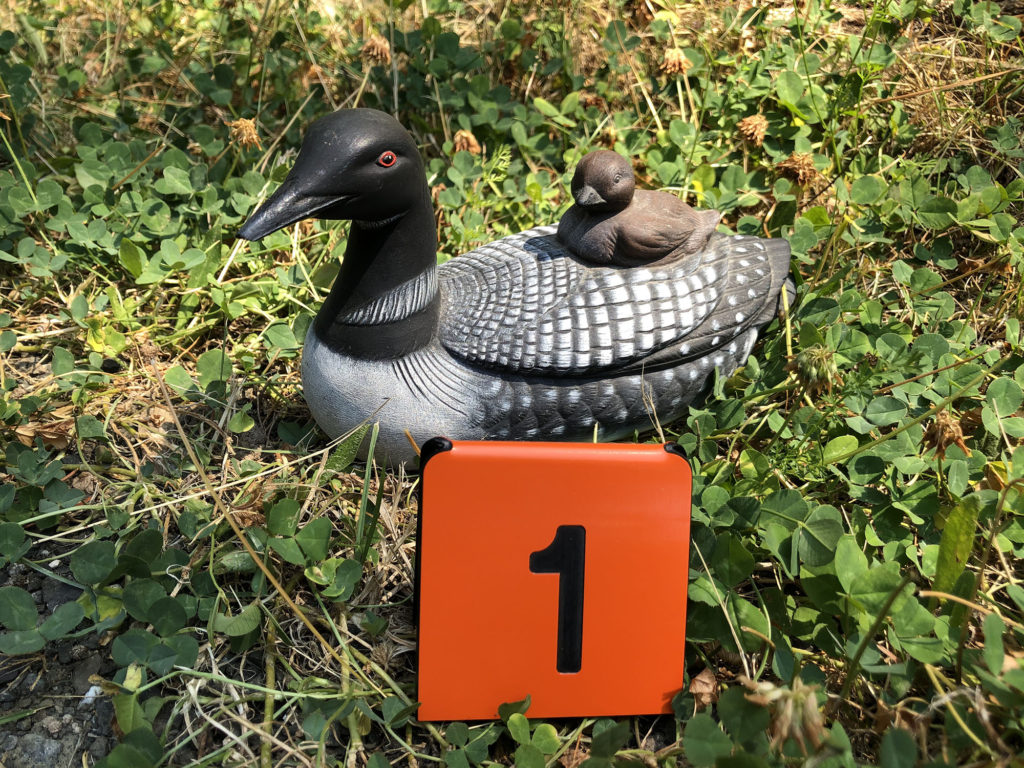
Check your knowledge. Can you:
-
explain what an innate behavior is and provide specific examples of genetically determined behaviors?
-
explain what a learned behavior is and provide specific examples of behaviors altered by experiences?
-
provide examples of storytelling in science, and select a form of story that you are most likely to learn from over time?
